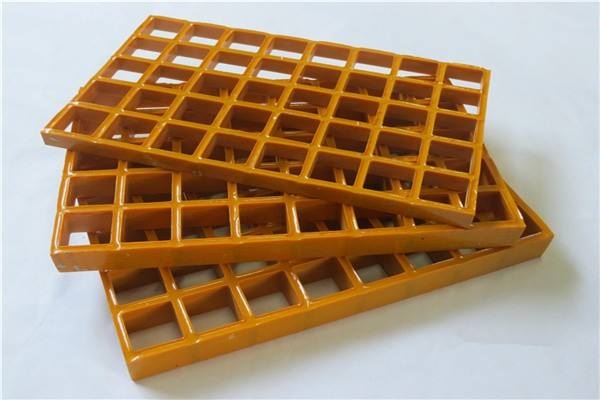- December 20, 2022
- Posted by: wellcoindustries
- Category: Other

Fiberglass reinforced plastic (FRP) grating is a type of grating made from fibers of glass and plastic resin. It is a strong, lightweight, and corrosion-resistant material that is commonly used in a variety of applications, including construction, transportation, and manufacturing.
The strength of FRP grating depends on several factors, including the type of resin used, the fiberglass content, and the manufacturing process. In general, FRP grating is known for its high strength-to-weight ratio, meaning it can support a significant load while being relatively lightweight.
Molded FRP grating is typically the strongest type of FRP grating, as it is made by injecting resin and fibers into a mold under high pressure. This results in a product with a high fiberglass content and a dense, consistent matrix. Pultruded FRP grating is also strong, but it may not be as strong as molded grating due to the lower fiberglass content and less dense matrix.
The strength of FRP grating is typically measured in terms of its ultimate tensile strength (UTS) and flexural strength. UTS is a measure of the maximum load a material can withstand before breaking when subjected to tensile (pulling) forces. Flexural strength is a measure of the maximum load a material can withstand before breaking when subjected to bending forces.
In general, FRP grating has a UTS of around 50,000-70,000 psi (pounds per square inch) and a flexural strength of around 30,000-50,000 psi. This is comparable to the strength of many metals, such as aluminum and mild steel. However, FRP grating is typically much lighter than these materials, making it easier to handle and install.
It’s important to note that the strength of FRP grating can vary depending on the specific manufacturer and product, so it’s important to consult the manufacturer’s datasheet or product specifications to get an accurate idea of the strength of a particular product.
